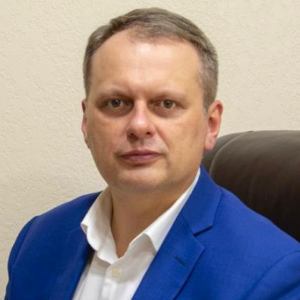Title : Optimization of the ocular surface using Intense Pulsed Light (IPL) therapy before cataract surgery
Abstract:
Introduction: Dry eye disease (DED) is a prevalent condition among patients undergoing cataract surgery, significantly impacting preoperative measurements and postoperative recovery. One of the primary contributors to DED is meibomian gland dysfunction (MGD), which leads to tear film instability and inflammation of the ocular surface. Intense Pulsed Light (IPL) therapy has emerged as a promising treatment for MGD-related DED by improving meibomian gland function, reducing inflammation, and stabilizing the tear film.
Optimizing the ocular surface before cataract surgery is essential for accurate intraocular lens (IOL) calculations, corneal topography assessments, and improving overall surgical outcomes. IPL therapy offers a non-invasive and effective approach to enhance ocular surface health, ensuring better surgical precision and faster postoperative recovery.
Materials and methods: The study included 60 patients with an average age of 71±5.4 years, including 32 women and 28 men. All patients were diagnosed with dry eye disease before cataract surgery. Assessment was performed according to the following measures: Ocular Surface Disease Index (OSDI), tear break-up time (TBUT), ocular staining with fluorescein assessed with the Ocular Staining Score, and Schirmer test. Standard IPL treatment regimen consists of: 3 sessions spaced 2 to 4 weeks apart before cataract surgery and lubricating eye drops.
Results: Patients undergoing IPL therapy exhibit longer tear break-up time (TBUT) values, demonstrating enhanced tear film integrity. TBUT improvements correlate with reduced tear evaporation and greater ocular comfort in pre- and post-cataract surgery evaluations.IPL has been found to significantly lower matrix metalloproteinase-9 (MMP-9) levels, a biomarker associated with ocular surface inflammation in dry eye disease (DED). A decrease in inflammatory cytokines and telangiectatic blood vessels leads to less ocular redness, irritation, and discomfort.
Conclusion: Intense Pulsed Light (IPL) therapy is a highly effective and non-invasive method for optimizing the ocular surface before cataract surgery. By improving meibomian gland function, reducing inflammation, and stabilizing the tear film, IPL enhances preoperative assessments, surgical precision, and postoperative recovery. Integrating IPL therapy into the pre-surgical management of cataract patients with DED can lead to better surgical outcomes and improved patient satisfaction.




